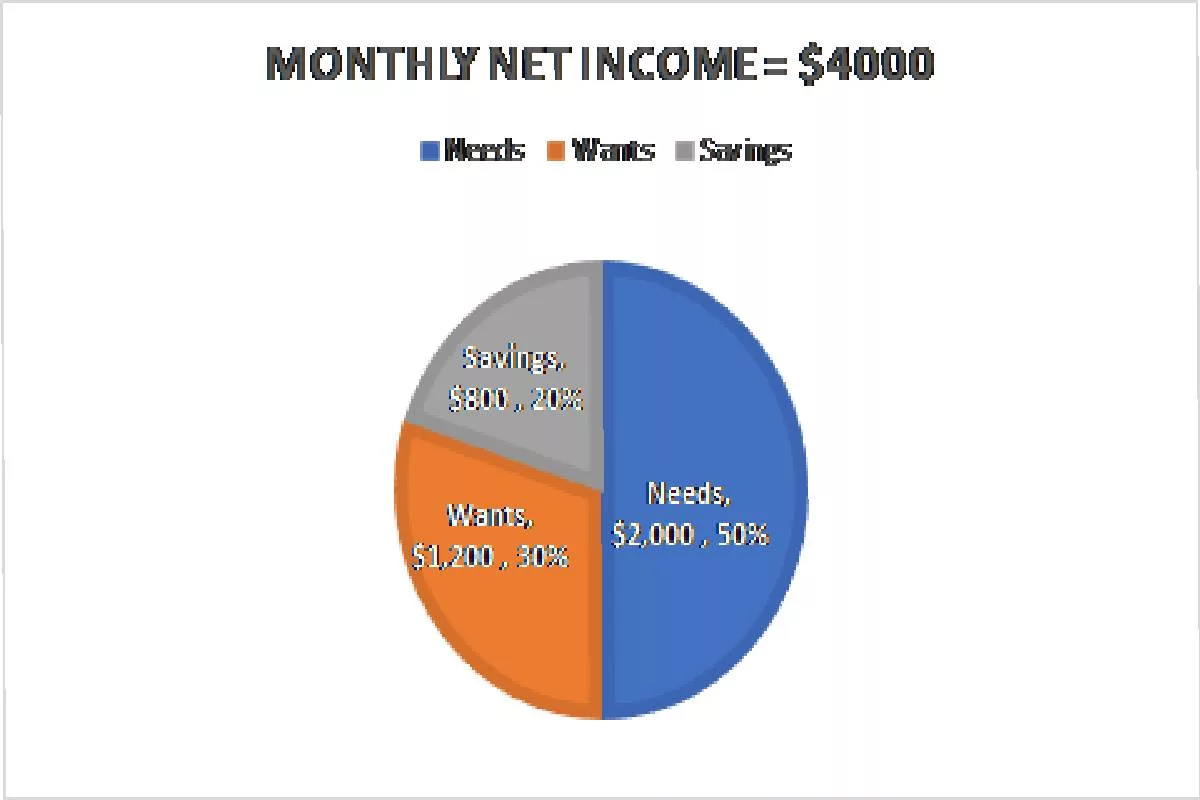The Fifty Percent Rule
The fifty percent rule is a general guideline for estimating the scope of a technical remedy.
According to the fifty percent rule, a stock or other asset will lose at least 50% of its most recent gains before its price starts rising again when it starts to decline following a period of strong rises.
Understanding the Fifty Percent Principle
- According to the fifty percent principle, a stock’s or other security’s price will lose between 50% and 67% of its most recent price gains before recovering after a price correction.
- In order to maximize earnings when the upward trend continues, traders utilize the principle as a technique of technical analysis to forecast the best entry point.
- One of several technical theories that looks for support levels in market activity is the fifty percent rule.
- When seeing a stock price oscillating between its support level and new highs, various charting approaches, such as pattern analysis and Fibonacci ratios, are guided by this idea.’
- Short-term investing is where this kind of chart analysis is most frequently applied.
- This is because to the fact that longer-term reliance on charting is dangerous due to the unforeseen effects of significant economic events.
- Large-scale occurrences like the financial crisis of 2008 change the market and economy as a whole.
- Investors who follow the fifty percent rule and begin purchasing after the anticipated correction takes place risk losing money if the price declines further as a result of bigger occurrences like the transition from a bull to a bear market.
Fifty Percent Principle Example
- Consider a hypothetical Company ABC whose pricing increases from $100 to $150 before decreasing to $140 as an example of the fifty percent rule.
- An unwise investor would be enticed to purchase ABC for $140 as the trend line appears to be rising steadily.
- However, the fifty percent rule states that ABC still has some way to fall before there is any chance of a return.
- The fifty percent rule predicts that since ABC’s price increased by $50 before the correction began, it will drop by $25 to $33 from its peak before perhaps increasing once more.
- Therefore, a trader who adheres to the principle would place purchase orders between $125 and $117.
Special Considerations
- Market psychology influences investors’ behavior in large part.
- The fifty percent rule will continue to drive price momentum the more investors adhere to it.
- Since the majority of investors try to make money by following the market, this becomes a self-fulfilling prophecy.
- Contrarian investors, who purposefully veer from the herd to wager against the wisdom of the crowd, represent an intriguing exception to the psychology of the herd.
- Sometimes, especially during times of extreme euphoria. It may be more advantageous to defy the urge to follow the crowd.
What Does the 50% Rule for OFAC Mean?
- The Office of Foreign Assets Control uses the fifty percent criteria to determine which organizations are subject to sanctions.
- A firm, trust, or other entity is said to be blocked by OFAC and is not permitted to conduct business with any U.S. entity if blocked persons collectively possess more than 50% of it.
- This law basically prohibits those who have been sanctioned from utilising the global banking system, despite various indications to the contrary.
Is the 50/20/30 Rule?
- When creating a household budget. The 50/20/30 rule is a general guideline.
- Elizabeth Warren is crediting with popularizing the idea that a family’s after-tax income should be allocating. To “needs” such food, insurance, bills, and rent or mortgage payments.
- The remaining portion can be utilizing on unneeded “wants,” with the remaining 30% going toward savings (20%).
What Does the 50% Rule Mean in Real Estate?
- According to the “fifty percent rule” in real estate. A rental property’s operating expenses will be about equal to half of its gross income.
- Landlords should prepare to spend half of every dollar in rental income on upkeep, insurance, property taxes, and repairs.
- This rule is deriving from the observational experience of numerous real estate investors. However specific properties may have expenses that are higher or lower depending on local markets.
Also Read: IPO Procedure

